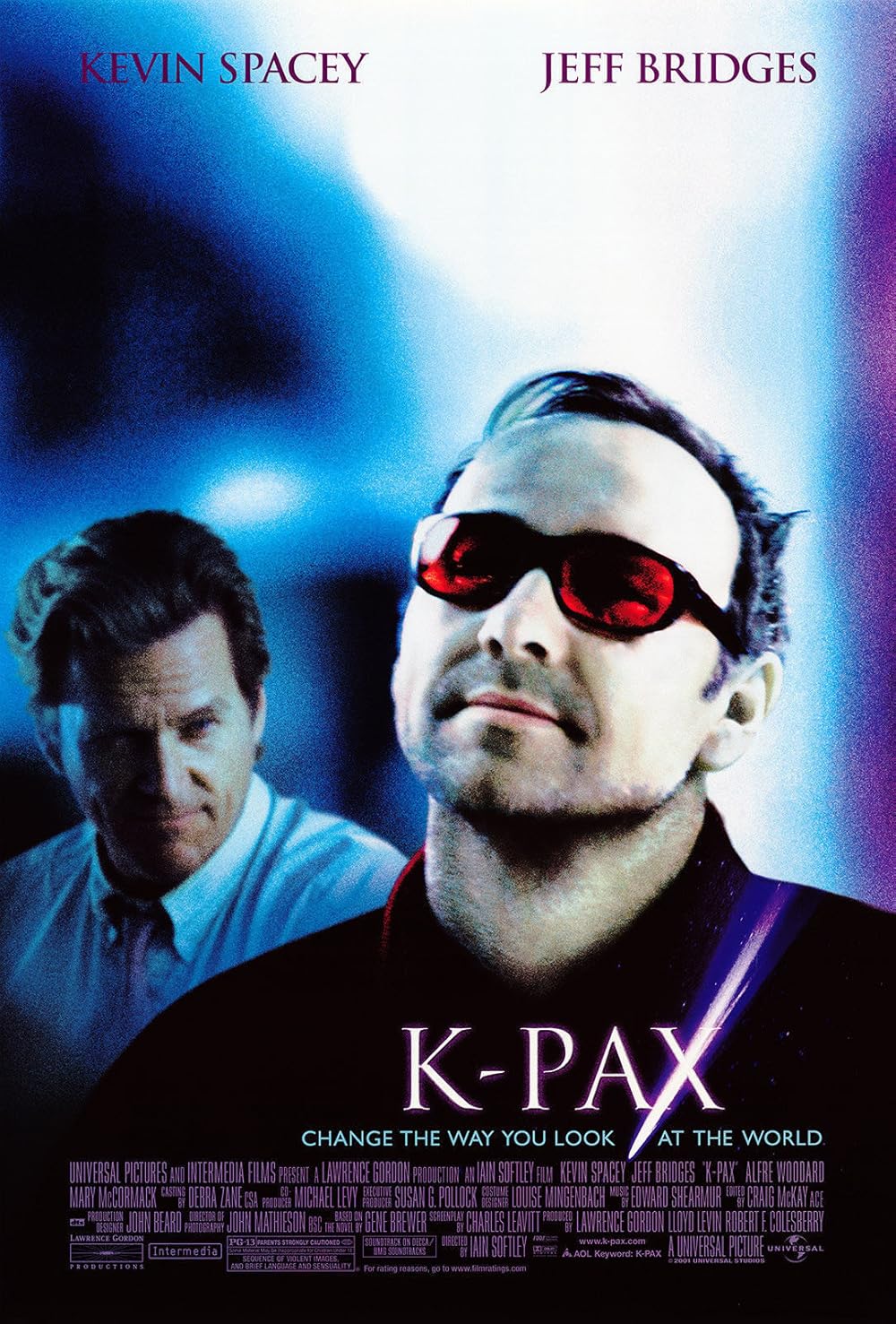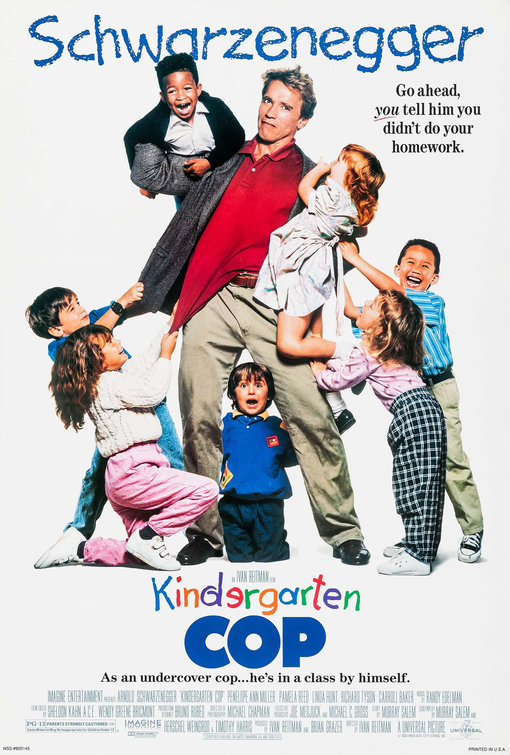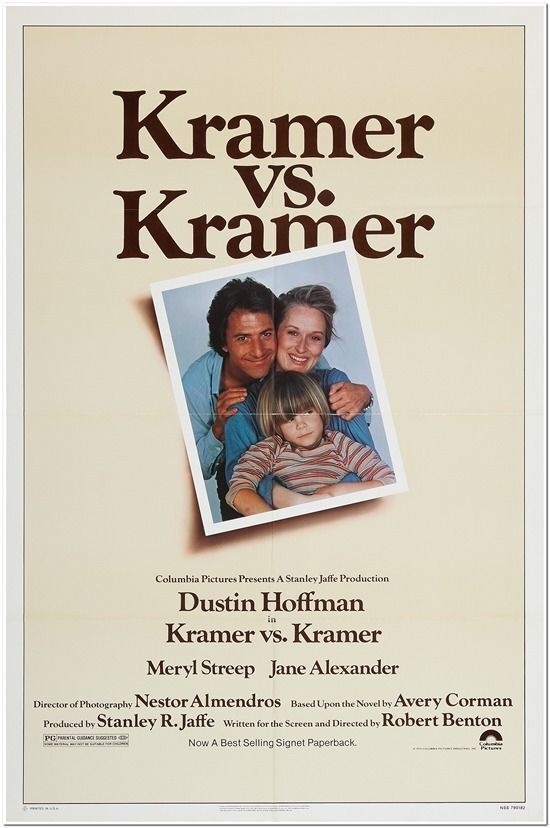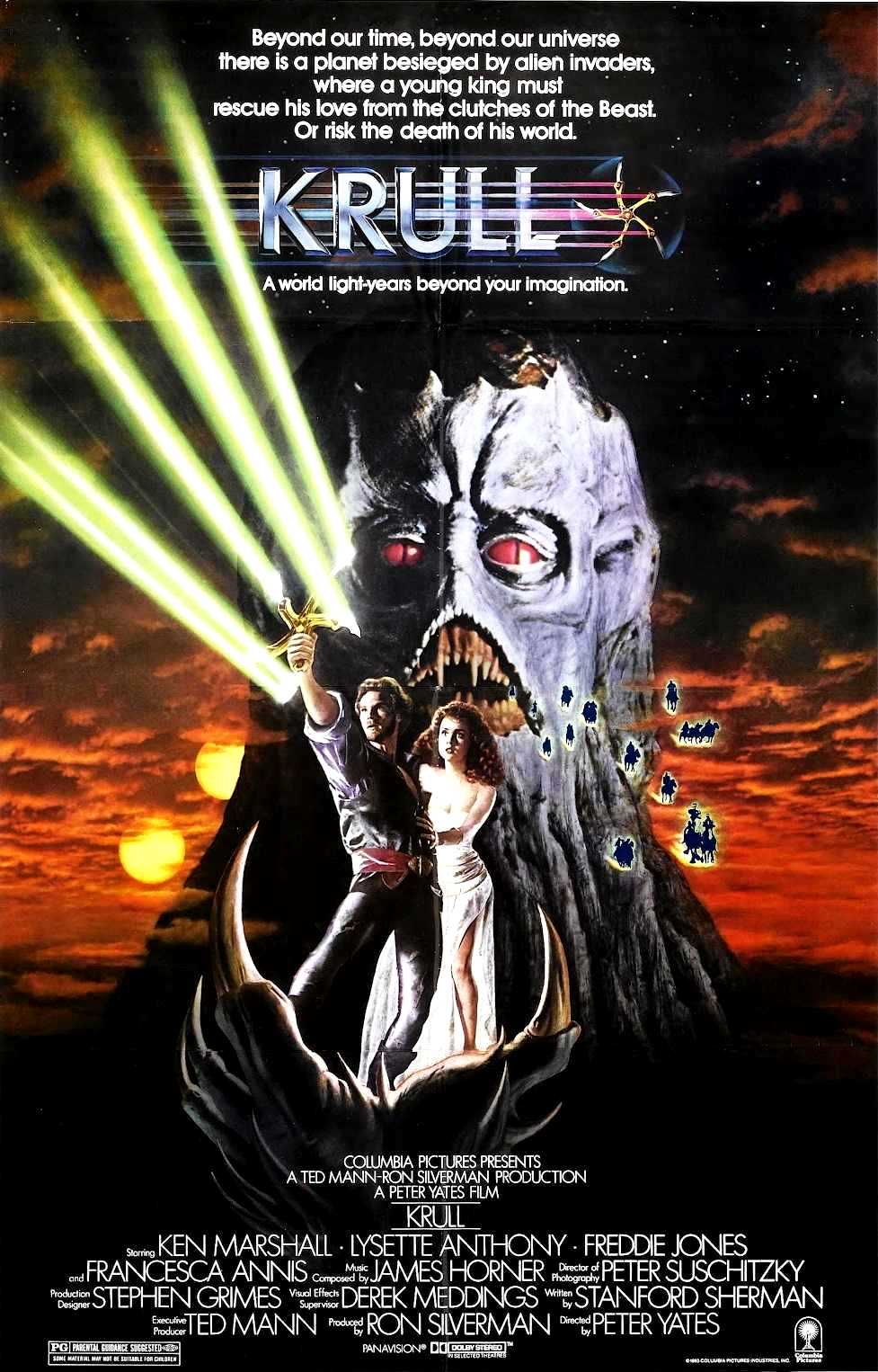dir. Kathryn Bigelow
A Cold War submarine thriller told entirely from the Soviet side, K‑19: The Widowmaker is a curious project—not just because it’s a Hollywood film with no American heroes, but because it takes that setup completely at face value. It’s earnest, mechanical, and—when it clicks—genuinely gripping. Set in 1961, it follows the maiden voyage of the K-19, the USSR’s first nuclear missile sub, rushed into commission and barely held together. The mission is simple: break through Arctic ice, fire a test missile, then patrol the North Atlantic within striking range of Washington. Harrison Ford, attempting a Russian accent that fades in and out like a dying signal, plays Captain Vostrikov, brought in to replace the crew’s original commander (Liam Neeson) and assert Party authority. The men aren’t thrilled. What follows is familiar: narrow corridors, sharp glances, rising unease. But once the reactor coolant system fails, the movie shifts from military routine to procedural panic. The threat isn’t external—it’s the sub itself. Radiation leaks. Sacrifices are made. No alarms, no swelling speeches—just sweat, urgency, and orders shouted into stale air. It’s a stuffy film, both literally and tonally, but there’s something oddly satisfying in its devotion to claustrophobia. The tension builds in slow, queasy pulses—some effective, others dulled by repetition. It never quite shakes its own rigidity. But for genre devotees—submarine completists, Cold War gloom enthusiasts—it’s a solid entry: serious, sealed tight, and mostly unblinking. Not quite thrilling, at least not consistently, but the pressure holds.
Starring: Harrison Ford, Liam Neeson, Peter Sarsgaard, Joss Ackland, John Shrapnel, Donald Sumpter, Tim Woodward, Steve Nicolson, Ravil Isyanov, Christian Camargo.
Rated PG‑13. Paramount Pictures. USA-UK-Germany-Canada. 138 mins.









































